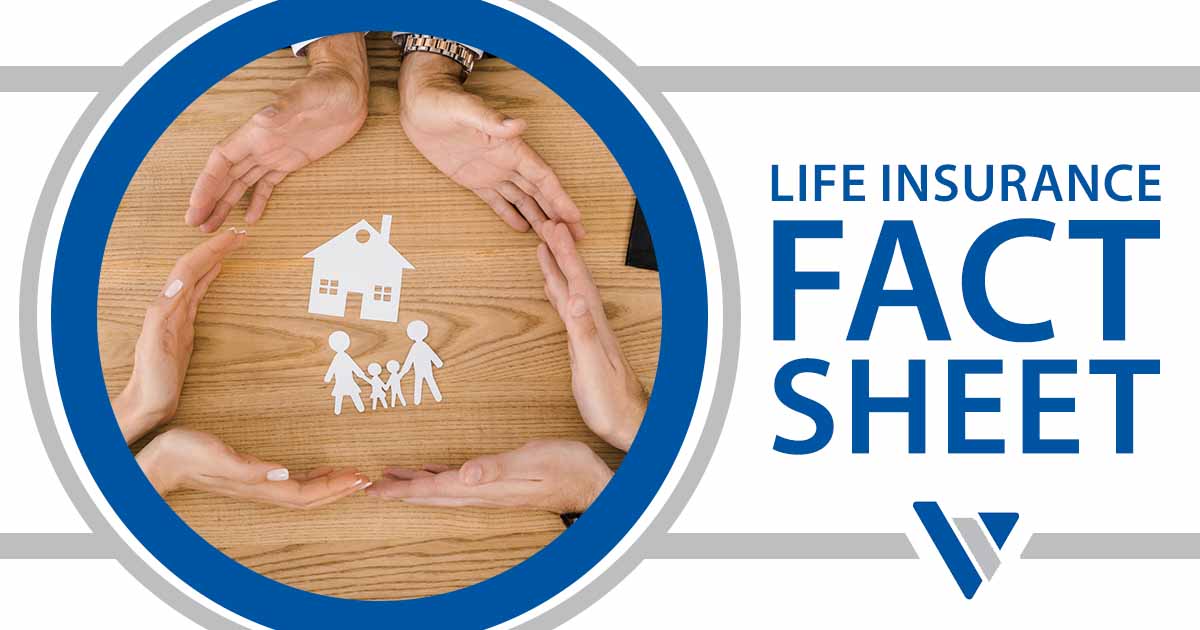I am sharing with you some of the information the Life Insurance Marketing and Research...

Understanding your risk tolerance is complex, and the standard questionnaire provided by many financial planners may not capture an accurate picture. One reason is they sometimes combine different aspects of the risk profile that should be assessed separately. Words such as “tolerance” and “capacity” are often used interchangeably. In fact, they are quite different.
Risk capacity is a measure of your financial ability to sustain risk. In a practical financial planning context, risk capacity is measured in terms of an individual’s asset base, withdrawal rate, liquidity needs, and time horizon. For example, if you need to fund retirement withdrawals of $20,000 a year from an asset base of $1 million starting 10 years from now, you would have a very high capacity for risk. You will still have ample means to sustain your retirement goals even if you experience several years of portfolio underperformance.
However, if you need to fund retirement withdrawals immediately at $40,000 a year from an asset base of $500,000, you have a much smaller capacity for risk. Your plan may fail with anything less than strong portfolio returns from the very start. Therefore, you would have very little capacity to take risks.
Risk capacity is all about the financial aspects of your ability to sustain a market decline without suffering an unacceptable loss of lifestyle or quality of life now or in the future. While risk capacity is about your financial ability to sustain underperformance in pursuit of higher returns, risk tolerance measures your willingness to enter such a tradeoff in the first place.
Risk tolerance measures your ability to handle risk emotionally. It evaluates your willingness to take on the risk of receiving lower returns in exchange for the possibility of earning higher ones. This pure aspect of an individual’s risk tolerance has nothing to do with risk capacity, and this is where determining risk gets tricky.
At Virtus Wealth Management, we use a systematic approach to quantify and test your risk tolerance. It, in essence, captures your emotional responses to a series of scenarios to help narrow down your comfort level with risk.
The combination of your financial risk capacity and emotional risk tolerance creates the foundation on which an overall portfolio can be created to determine appropriate investment solutions. Do you fully understand what risk means to you?